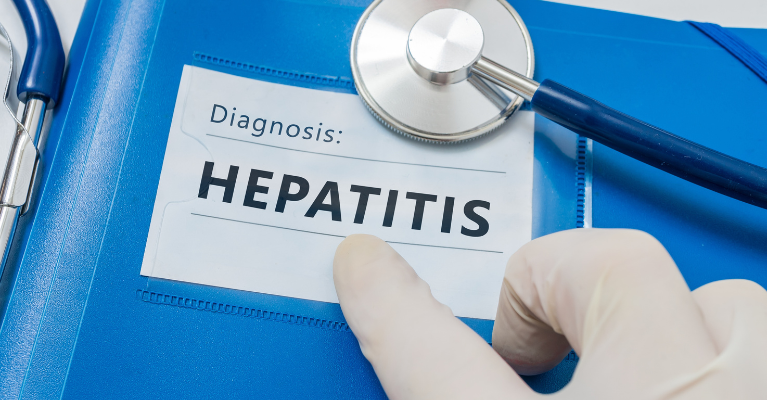News|
Africa bears heaviest toll of escalating viral Hepatitis crisis, warns WHO Global Report
Time to read: 1 minute, 44 seconds.
Type of article: News
MedED Catalogue Reference: MNG0026
Category: News | Public Health
Category Cross-reference: Infectious Diseases
Keywords: hepatitis, Hepatitis A, Hepatitis, B Hepatitic C, WHO, public health, infectious diseases

10 April 2024 07:45
9 April 2024 Geneva
The latest WHO Global Hepatitis Report reveals a concerning trend: deaths from viral hepatitis are on the rise, making it the second leading infectious cause of death worldwide alongside tuberculosis. With 1.3 million lives lost annually, swift action is imperative to meet WHO's elimination goal by 2030.
Despite advances in diagnosis and treatment, testing and treatment coverage rates have stagnated, leading to an alarming increase in deaths. The report underscores that 83% of these deaths are due to hepatitis B and 17% to hepatitis C, resulting in 3,500 fatalities daily.
WHO Director-General Dr. Tedros Adhanom Ghebreyesus emphasizes the urgent need for enhanced efforts, stating that too few individuals with hepatitis are being diagnosed and treated. Current estimates reveal that 254 million live with hepatitis B and 50 million with hepatitis C, with half the burden among those aged 30–54.
While incidence rates have slightly decreased since 2019, the overall prevalence remains high, with 2.2 million new infections reported in 2022. However, prevention measures such as immunization and safe injections have contributed to this decline.
Globally, only 13% of those with chronic hepatitis B and 36% with hepatitis C have been diagnosed, falling short of the 2030 treatment targets. Despite slight improvements since 2019, coverage remains inadequate.
Regional disparities persist, with the African Region bearing 63% of new hepatitis B infections, yet vaccination coverage remains low. Ten countries, including Bangladesh, China, and India, shoulder the majority of the burden, requiring intensified efforts to achieve universal access to prevention and treatment.
The report highlights pricing disparities, with many countries paying above global benchmarks for essential medicines. Additionally, service delivery remains centralized, hindering accessibility for affected populations.
Funding remains a significant challenge, with limited resources allocated globally and within national budgets. The report urges countries to prioritize cost-effective interventions and address inequities in access.
Download the Report
Global hepatitis report 2024: action for access in low- and middle-income countries (who. int)
Disclaimer
This article is compiled from various resources researched and compiled by the contributor. It is in no way presented as an original work. Every effort has been made to correctly attribute quotes and content. Where possible all information has been independently verified. The Medical Education Network bears no responsibility for any inaccuracies which may occur from the use of third-party sources. If you have any queries regarding this article contact us
Fact-checking Policy
The Medical Education Network makes every effort to review and fact-check the articles used as source material in our summaries and original material. We have strict guidelines in relation to the publications we use as our source data, favouring peer-reviewed research wherever possible. Every effort is made to ensure that the information contained here is an accurate reflection of the original material. Should you find inaccuracies, out of date content or have any additional issues with our articles, please make use of the contact us form to notify us.


